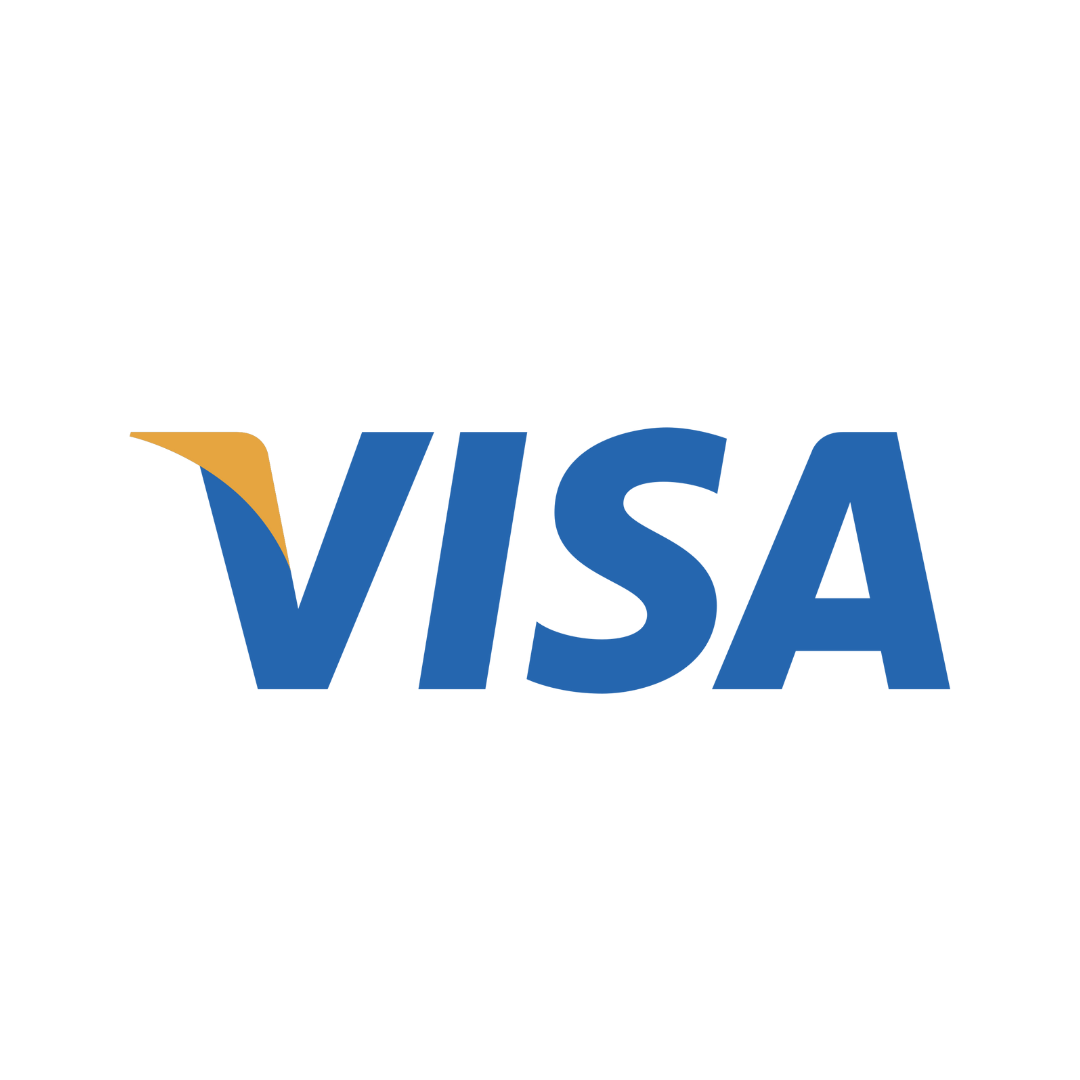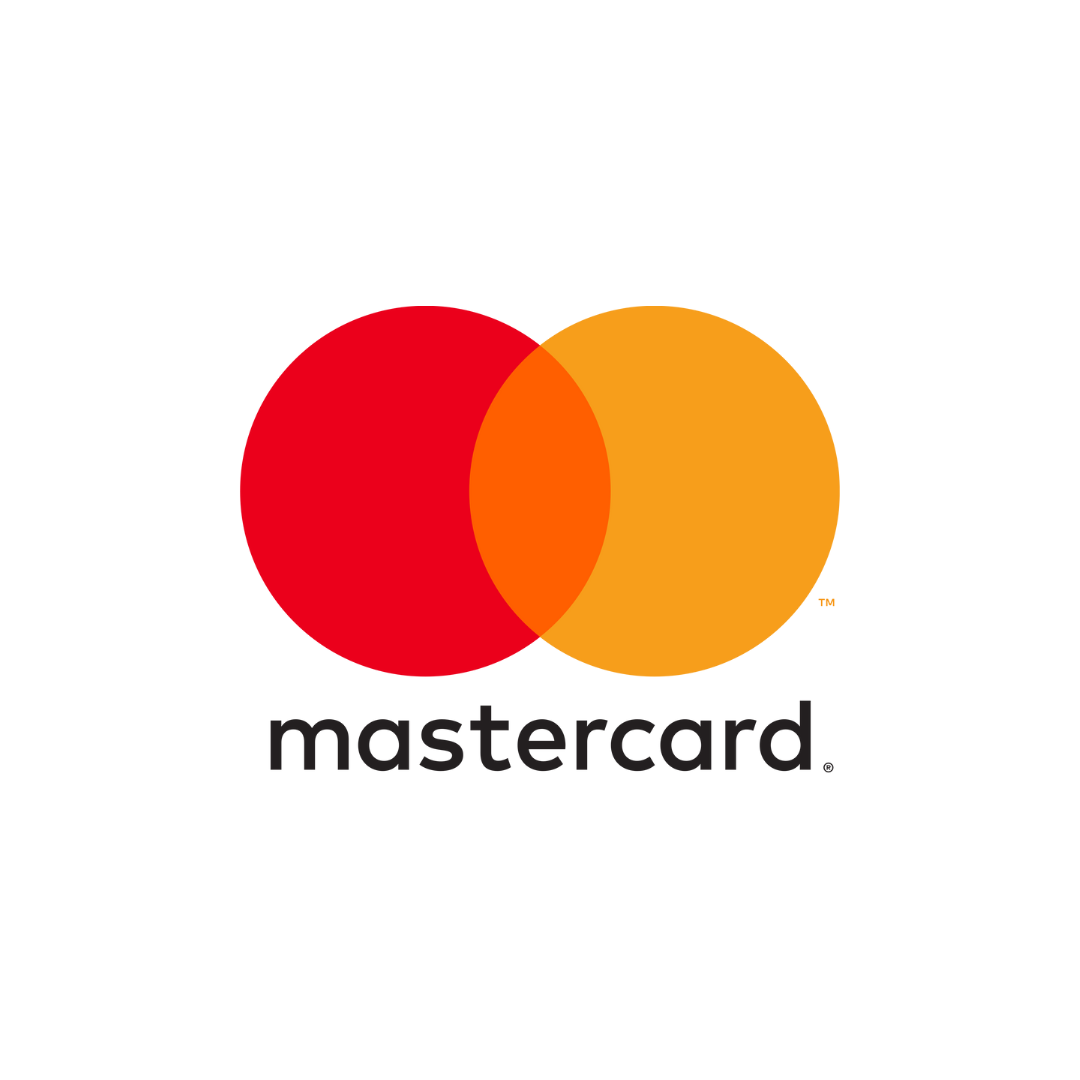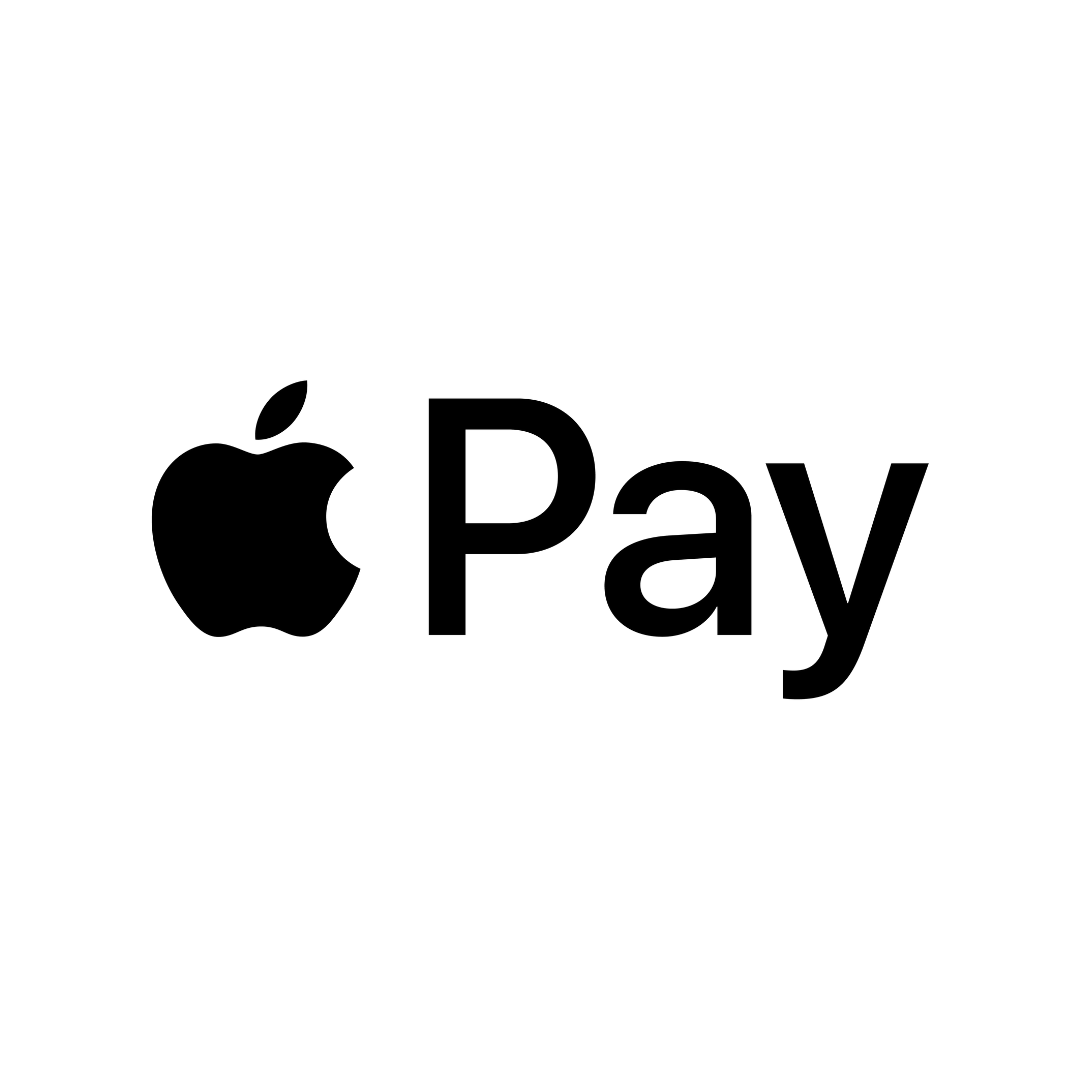In terms of the uses to which they can be put, cowrie shells (marine gastropod mollusks, or sea snails, of the family Cypraeidae) rank almost up there with gourds and bamboo. Although cowrie shells are used in numerous ways in Oceania, in India, and in parts of Southeast Asia, nowhere are they employed to the extent that they are in Africa. Across the length and breadth of the continent, cowries are used to decorate masks, statues, baskets and other artifacts; and to embellish musical instruments and assorted utilitarian and household objects. As well, cowries are incorporated into jewelry (e.g., bracelets, necklaces) and other forms of bodily adornment such as garments and headdresses.
Then there are the esoteric uses to which cowries are put. In some cultures, cowrie shells are used alone, or in combination with kola nuts or bone fragments, in divination. As well, cowrie shells are thought to bring blessings and to provide protection from negative energies. For that reason, cowries are incorporated into the garments of hunters and warriors. Similarly, the cowrie shell is viewed by some as a symbol of fertility, its rounded back reminiscent of the belly of a pregnant woman – which is why some women wear waist beads incorporating cowrie shells as an aid in procreation.
Significantly, cowrie shells once served as a medium of exchange in much of Africa just as they had in China, India, and Southeast Asia. (The word cowrie, in fact, is an alteration of the Hindi word kaudi, which ultimately comes from the Tamil word kavadi.) Although the Cypraea annulus, a type of cowrie indigenous to the waters off Eastern Africa, long had figured in the local economies, it was the Cypraea moneta (the so-called “money cowrie”), from the Maldives, an archipelago in the Indian Ocean southwest of India and Sri Lanka, that came to predominate. Cowries initially were introduced by Arab and other traders as early as the 8th century; by the 16th century, however, the trade in Maldivian cowries had been taken over by the Portuguese and other Europeans, who, in their quest for African captives for their New World holdings, brought in cowries and other trade items in such quantities that local economies were ruined.
Today cowries no longer serve as currency in Africa; however, they still are used as an unofficial kind of “small change,” sometimes being used in barter, given as alms to the less fortunate, or used as payment for ritual services. Interestingly, though the little white mollusk is but a shell of its former self, it is honored in the name of the cedi, the unit of currency of that West African nation of Ghana, which itself is the Akan word for “cowrie.”

Eddie Osborne is the owner of Project Reclamation in Miami Gardens, FL






 USD
USD  GBP
GBP  CAD
CAD  AUD
AUD 